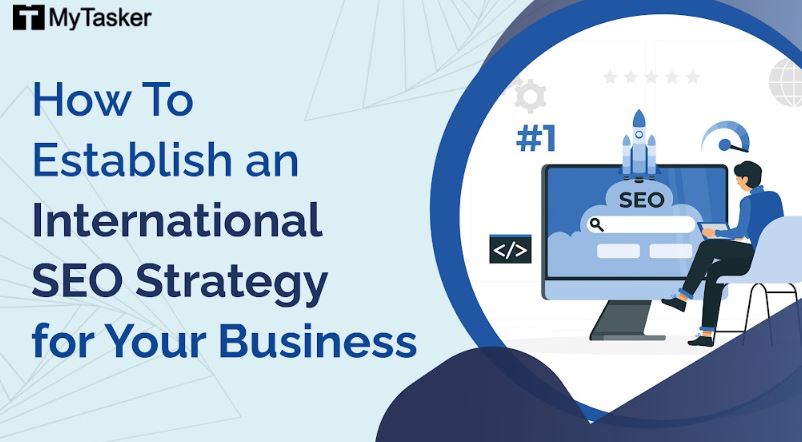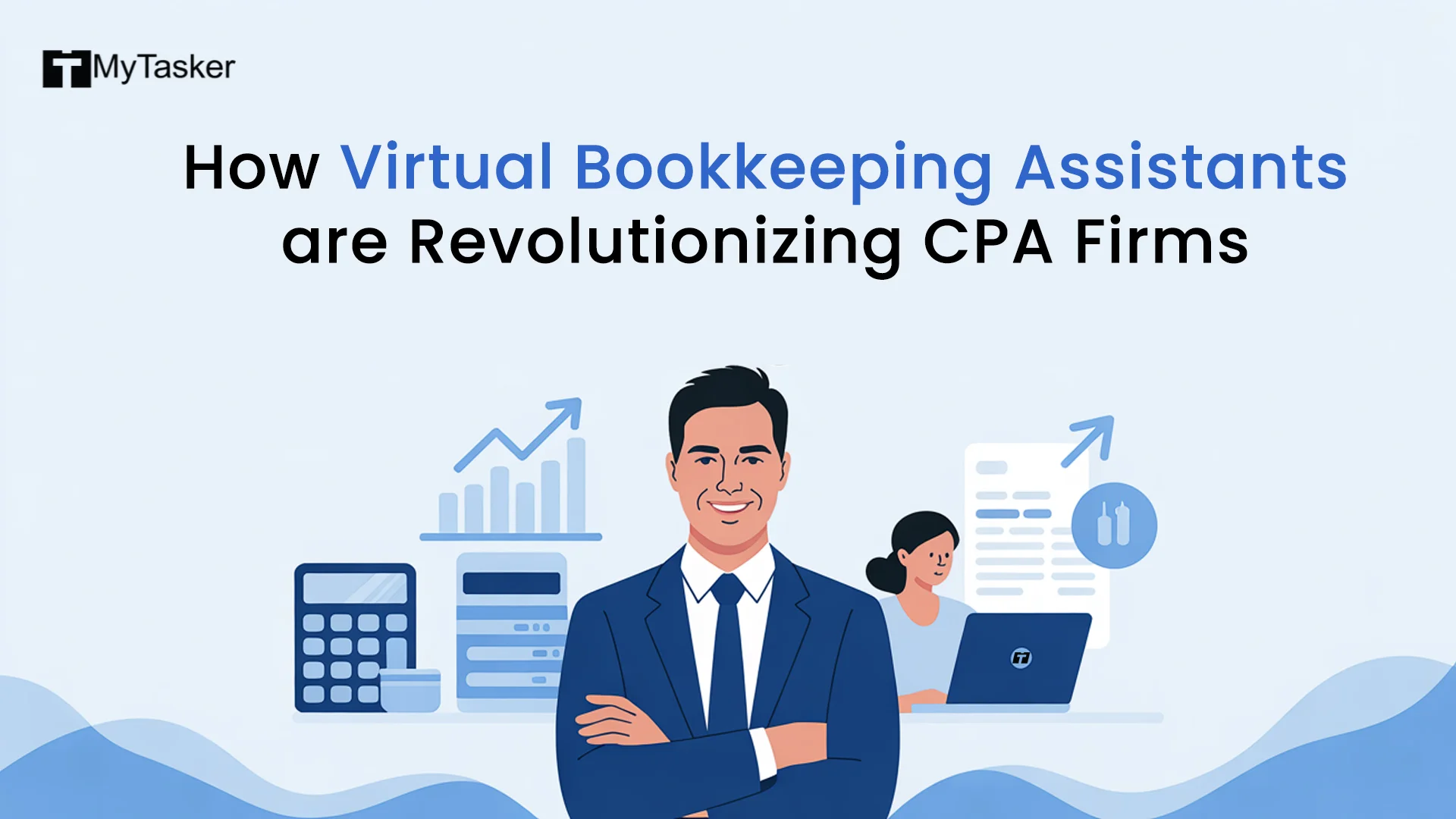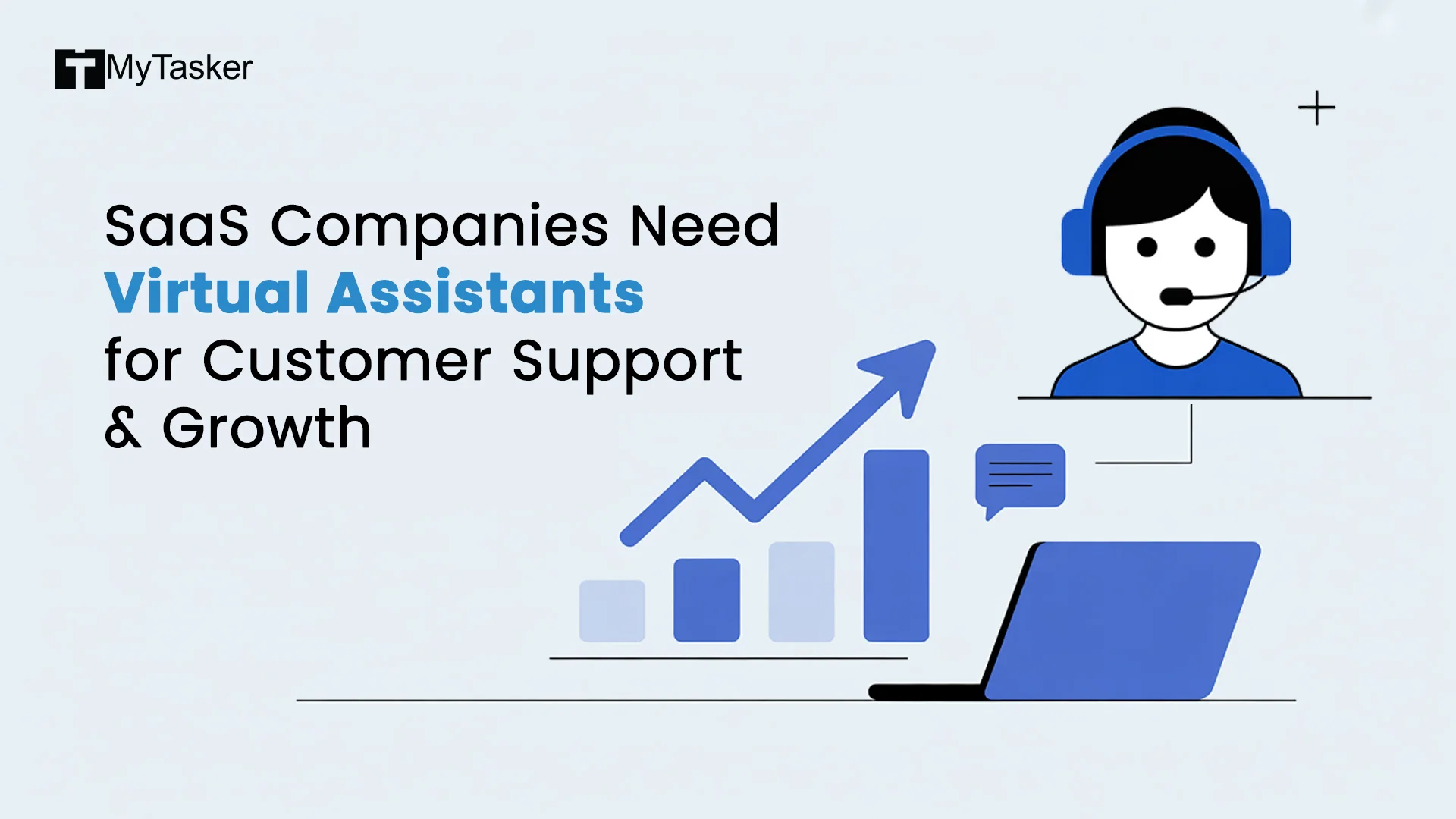Your business may be growing and you decide to go global with it. Naturally, your next step would be to invest in international SEO, that is, organizing your digital presence in your target locations with SEO.
As any business owner knows, expanding your brand to global markets is not easy. However, with Google seeing around 102,066 searches per second, you can understand the sheer amount of opportunity for your business to capture new markets.
You would not want to miss out on such a huge opportunity, would you? This is where an international SEO strategy comes in.
This blog post explains how you can develop an international targeting SEO strategy for your brand. Ideally, you need to:
- Start with international keyword research
- Use hreflang tags
- Pick the right URL structure
- Cater to your target user’s region, culture, and language
- Steer clear of machine translation
- Focus on on-page experience
It also outlines why you may need global SEO and how it differs from local SEO. Keep reading!
What Is International SEO?
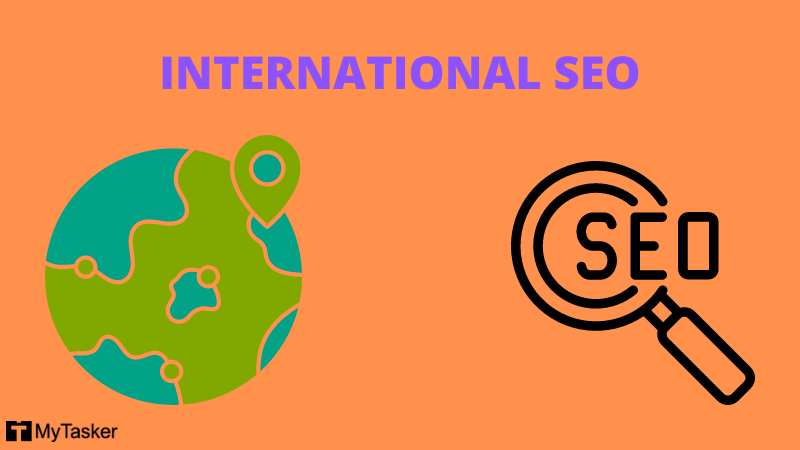
International Search Engine Optimization (SEO) is a strategy consisting of the best practices used by a brand to optimize their content for their users located in other countries or territories.
International SEO aims at helping search engines to understand where your business operations are situated and what languages you support or target. It focuses on creating content relevant to local markets and aiding search engines to direct the right people to the right content.
With a strong global SEO strategy, your business can reach out to new markets and thereby multiply revenue.
Why Is International SEO Important?
You may notice that your website is attracting a large amount of traffic from another country, or appealing to people that speak a different language from yours. In that case, it would be smarter to make some tweaks to your website for providing a better experience to your international visitors.
For instance, you may be offering digital marketing services in the United States, and you want to expand your business to Canada. You will have to make sure your Canadian clients are displayed the correct pages on your website.
The right pages may be those providing information about Canadian locations, pricing structures in Canadian dollars (CAD), and so on.
Thus, you will need to structure your website to include both Canadian and US pages, so users can be directed to the right page based on their location (the US or Canada).
If you know how to do international SEO, developing such a website structure and creating customized content for global users become easier tasks. This is why it is worth investing in international SEO if you want to expand beyond your country’s borders.
What Is the Difference between International SEO and Local SEO?
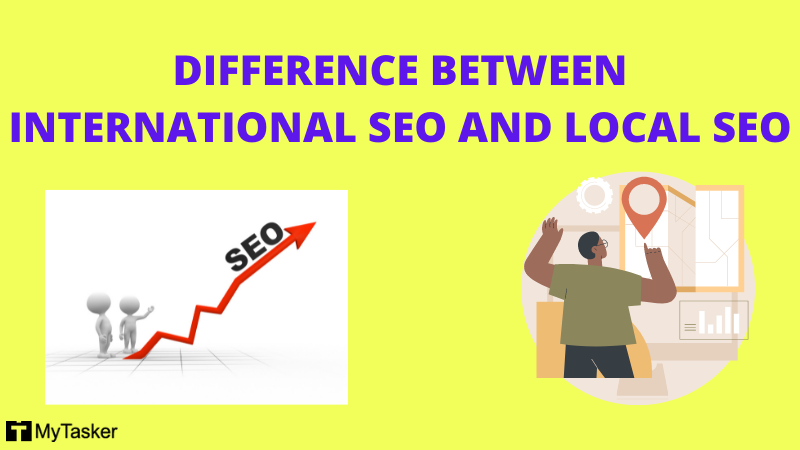
Factors for differentiating between local SEO and SEO for multiple countries include:
- Content Needs- For more international reach, you will need to create more content than you would for a local SEO strategy. This is because you would require unique and tailored content for multiple websites, even though you sell the same services in different countries.
For a local business, your content would focus only on one region, so your content requirements would be lower than for a global SEO strategy. - Competition- In the case of global SEO, the competition for keywords would differ from one country to another. Some keywords may have high competition in some countries, whereas having a low competition in others. Therefore, the competition for customers and keywords would be greater for global SEO efforts. Meanwhile, for a local SEO strategy, you may have to compete with other businesses operating in the same region or city. This lowers the competition level for local SEO efforts.
- Costs Involved- A local SEO team is typically focused only on a single website, thereby lowering the SEO costs. However, an international SEO team is tasked with managing and optimizing several websites or domains simultaneously. This would significantly push up the costs involved.
- When to Use- If your business's target audience is located only in a particular region or city, it makes sense to use local SEO. Meanwhile, if your target users are spread across multiple countries, then investing in global SEO is the real deal.
How Do I Set Up International SEO?
Start with International Keyword Research
It is essential to understand that just because some keywords are working for your business in your country, these may not work overseas. This may depend on how customers in your target market talk about your business, or it may boil down to keyword volume.
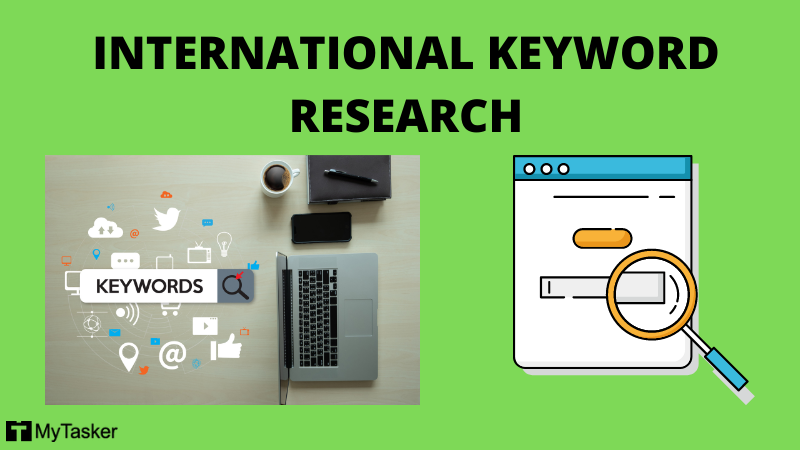
For example, cookies in the United States are known as “biscuits” in the United Kingdom. So, if you are dealing in, say, home-baked goodies like cookies, and you wish to expand your operations, this is a crucial keyword difference to be kept in mind.
Use Hreflang Tags
An hreflang is an HTML attribute showing the reader’s geolocation as well as the languages in which your content is displayed to the reader. An example of an hreflang tag is:
This would tell Google that there is an alternate version of the content available in English and you are targeting readers in India. So, if you are approaching a particular market and language, hreflang tags are essential.
Please keep in mind that while hreflang works with Google, it does not work with search engines like Bing or Baidu (a search engine in China).
Therefore, determine the search engine you wish to pay attention to, before using hreflang tags or other technical optimization practices for your website.
Pick the Right URL Structure
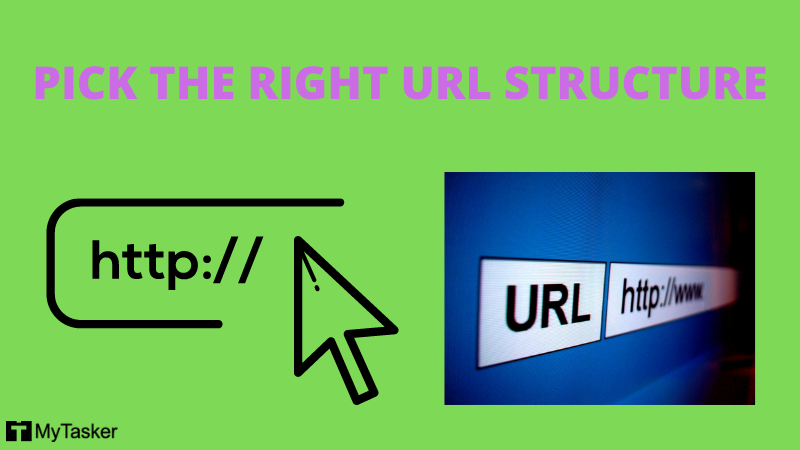
The right domain or URL structure will make it easier for search engines and users to find your content. There are several options, including:
- Subdomain- A third-level domain may be used to park internationalized content. For example, in “uk.yourbrand.com”, you can see that the content is targeted at people in the UK.
- Subdirectory- A particular subfolder or subdirectory of the root domain contains the internationalized content. For instance, “yourbrand.com/uk” places the UK-targeted content under the “/uk” subdirectory.
- ccTLD- Two-letter codes or domains assigned to certain countries are known as country code Top Level Domains. These domains indicate to search engines and users the country in which your website is registered. When developing an international targeting SEO strategy for your business, you may create a unique ccTLD for every country where you are selling your products or services. For example, “yourbrand.uk”, “yourbrand.fr”, “yourbrand.ca”, and “yourbrand.au” would mean you are running your business in the UK, France, Canada, and Australia, respectively.
- gTLD- A generic Top Level Domain is a domain extension with at least three characters. Some common examples of gTLDs are .com, .org, .net, and .gov.
Cater to Your Target User’s Region, Culture, and Language
Your content should be tailored to your target audience. In other words, you need to use the local language, the time zone, the correct contact information, and the currency to tell search engines and users they are in the right place.
Also, keep in mind cultural differences when creating and designing your content.
When users visit your website, they must be made to feel like the site and the content are catering to them and their pain points. The content will be relevant to the users when it is in a language they can understand and, if applicable, focuses on their region.
This will increase their chances of having a positive experience on your website while ensuring search engines show the right content to the right users.
Steer Clear of Machine Translation
Even though machine translation makes the translation process easier and faster than usual, you should avoid it altogether when focusing on international SEO.
Many marketers who wish to target more global markets choose a translation plugin to translate their whole website.
What they forget most of the time is that the same words can mean different things in different languages. Or that the same thing can be referred to differently in different countries.
Hence, the context of the content matters - something which machine translation cannot always master.
This means that if you translate your entire website with a translation plugin, you may run into several translation errors. And a bad translation will only pull down your search engine rankings. It will also create a confusing brand image in the minds of local consumers.
The best way to go around this problem is to hire local translators who can understand the importance of context in content.
Focus on On-Page Experience

Google emphasizes on-page experience as one of its ranking factors. This is a vital point to remember when coming up with a global SEO strategy for your business.
You should also prepare for a mobile-first index when focusing on page experience, no matter which country you are operating in. For the unversed, mobile-first indexing means Google uses the mobile version of your content to index and rank the same.
Statistics show that global smartphone sales in 2021 clocked at about 1.43 billion units. Add to that the fact that voice search is on the rise, with 32% of the online worldwide population conducting a voice search from their mobile phones in the first quarter of 2019, and you know why you should be prepared for mobile-first indexing.
Conclusion: Developing an International SEO Strategy
When coming up with a strategy focusing on international SEO, it is critical to always maintain the quality of your content.
Creating high-value content that targets relevant keywords across countries and regions will go a long way toward optimizing your website for your international customers.
Better still, you can leave your SEO efforts in the hands of the Digital Marketing professionals at MyTasker. They can improve your search engine rankings, boost international customer engagement, and maximize your business’ global impact by considering your customers’ local languages, cultures, and contexts.



